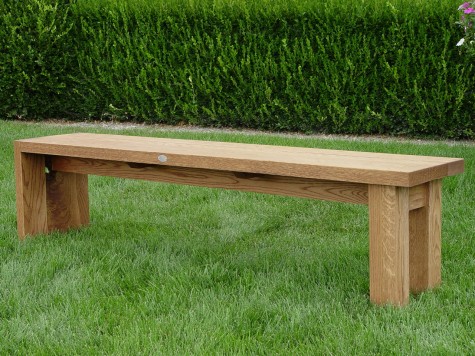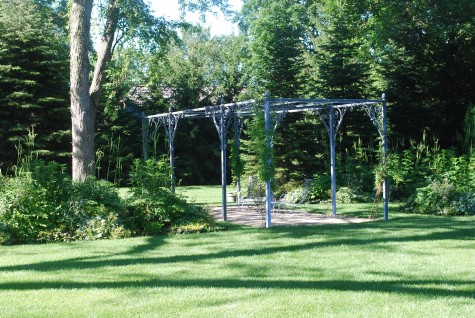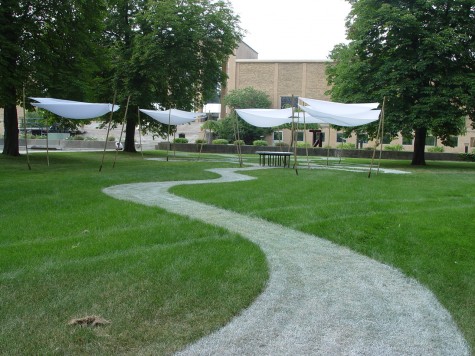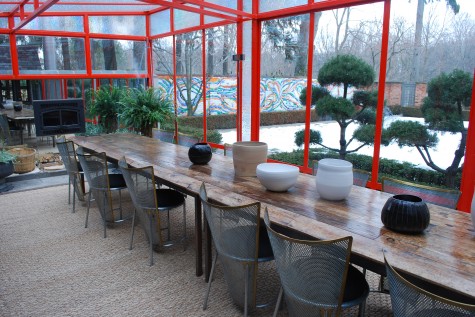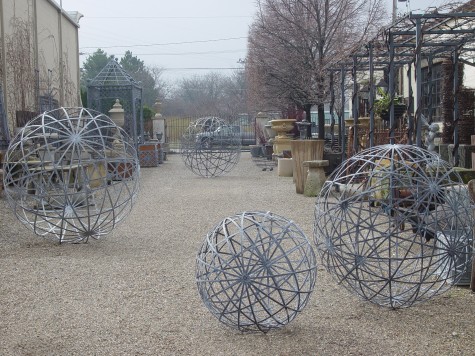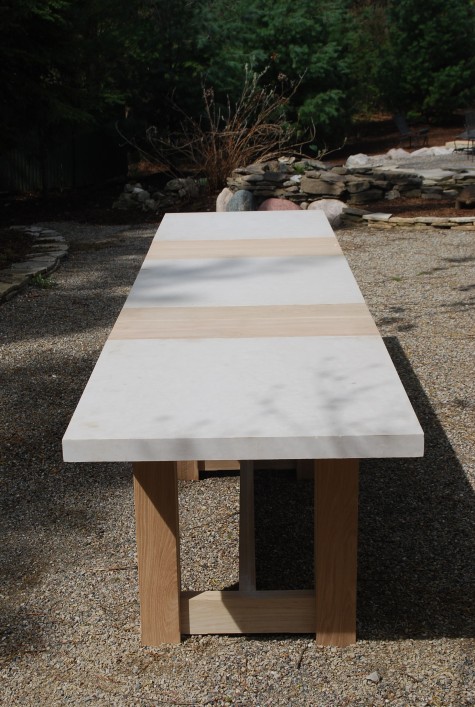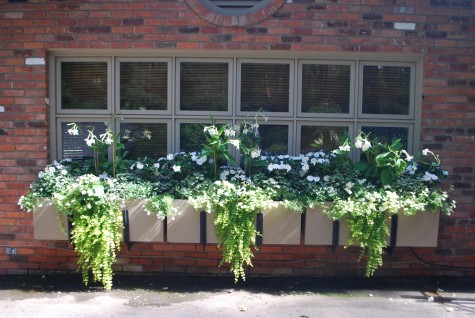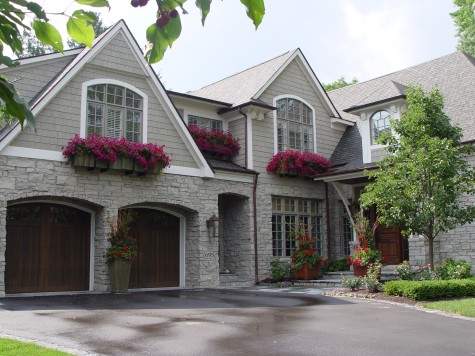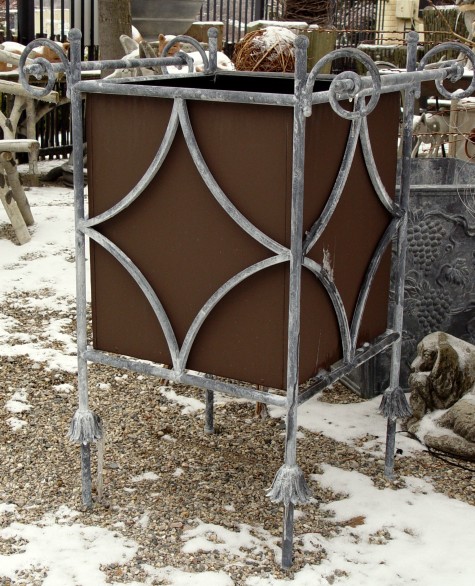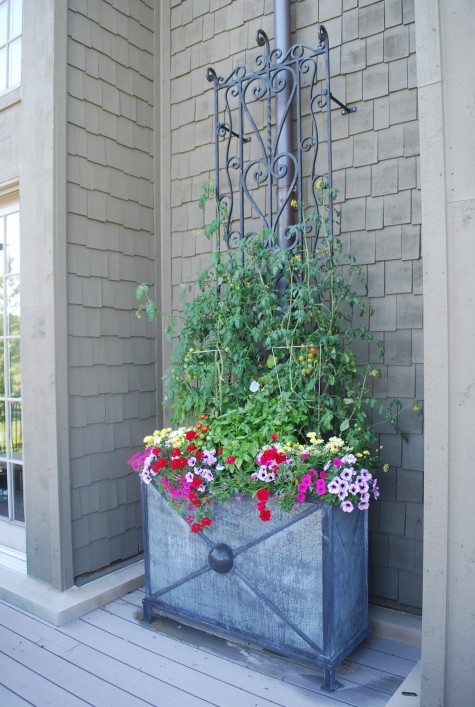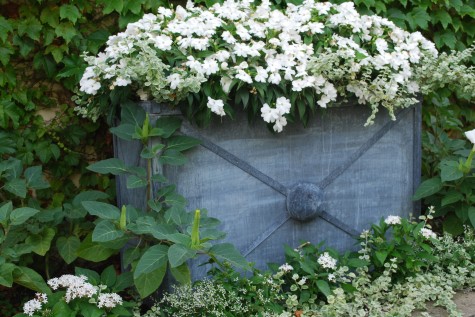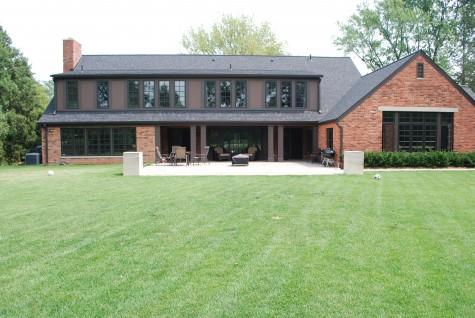 I am hoping you remember my post from not long ago about a young but very articulate client whose parents rank right up there on my list of “ten people I cannot do without”. I will amend that statement. Cathy and Dick rank right up there with my most favorite clients, but kid Rich is getting my attention. This rear yard, post a big house renovation, has been laying in wait. Sue is so over the laying in wait phase-Rich is lucky to have her. Thank you Sue, for getting Rich to get moving. We got going with the landscape a little more than two weeks ago.
I am hoping you remember my post from not long ago about a young but very articulate client whose parents rank right up there on my list of “ten people I cannot do without”. I will amend that statement. Cathy and Dick rank right up there with my most favorite clients, but kid Rich is getting my attention. This rear yard, post a big house renovation, has been laying in wait. Sue is so over the laying in wait phase-Rich is lucky to have her. Thank you Sue, for getting Rich to get moving. We got going with the landscape a little more than two weeks ago.
 Four Bowhall maples were planted first off. Trees of this size require planting via a tree moving truck as big as a garbage truck. The rootballs were 120″-10 feet-in diameter. A house bereft of any plant of scale asks for a little something big. Given the prized views to the golf course, columnar trees seemed like a good idea.
Four Bowhall maples were planted first off. Trees of this size require planting via a tree moving truck as big as a garbage truck. The rootballs were 120″-10 feet-in diameter. A house bereft of any plant of scale asks for a little something big. Given the prized views to the golf course, columnar trees seemed like a good idea.
 A fountain figures prominently in the design. A 10′ by 10′ fountain, 18″ above ground would feature a galvanized and acid washed steel surround, and a likewise contemporary steel vase skimming the surface of the water, and spouting. This picture of Buck’s shop, and the fountain surround was shot from the mezzanine level at the Branch studio. The surround in question was ready for a trip to the galvanizing plant.
A fountain figures prominently in the design. A 10′ by 10′ fountain, 18″ above ground would feature a galvanized and acid washed steel surround, and a likewise contemporary steel vase skimming the surface of the water, and spouting. This picture of Buck’s shop, and the fountain surround was shot from the mezzanine level at the Branch studio. The surround in question was ready for a trip to the galvanizing plant.

A complicated landscape installation involves the coordination of a lot of contractors from different disciplines. GP Enterprises would install the drainage first up, and then the big trees. We would install the landscape. Concurrent to our work, Gillette Pools would begin the installation of the fountain. The irrigation work-a whole other issue we hope will get done today.
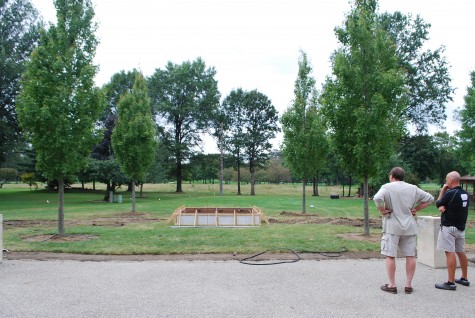 Nothing gets done in the blink of an eye-just ask my client. Each phase has its issues that need sorting out. Careful and thoughtful sorting out. Who needs a poorly planned installation to be evident at the finish? No one. The forms for the fountain seem like the work of a boy scout project, but they are anything but.
Nothing gets done in the blink of an eye-just ask my client. Each phase has its issues that need sorting out. Careful and thoughtful sorting out. Who needs a poorly planned installation to be evident at the finish? No one. The forms for the fountain seem like the work of a boy scout project, but they are anything but.
 Wes Gillette has been installing fountains, spas, and pools for a good many years. His work I can rely on. I know this fountain will be reinforced with steel, level, and true. Exactly what was drawn on the plan. I can expect that he will coordinate with Buck on the installation of the steel surround, and fountain vase.
Wes Gillette has been installing fountains, spas, and pools for a good many years. His work I can rely on. I know this fountain will be reinforced with steel, level, and true. Exactly what was drawn on the plan. I can expect that he will coordinate with Buck on the installation of the steel surround, and fountain vase.
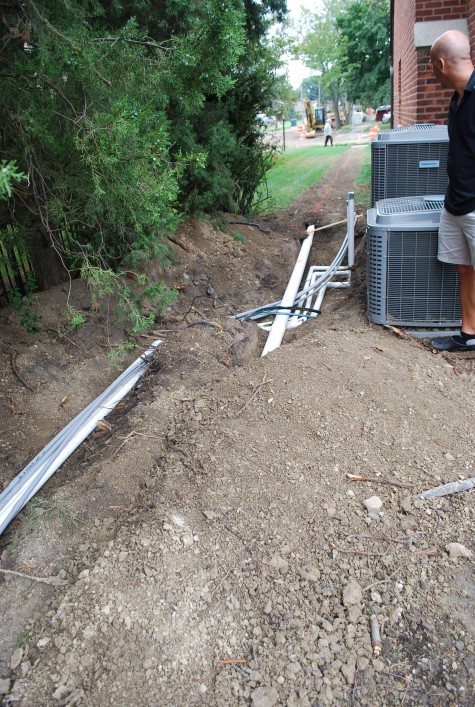 This fountain goes the extra 50 miles, thanks to Wes. The water will be filtered and cleaned, just like a spa or swimming pool. Though they were not interested in a swimming pool or spa, they greatly liked the idea of a fountain that would be people friendly. The 8′ by 8′ water surface will have a fountain vase 4′ in diameter, and an overall depth of 23″. I can see friends, kids, and family in the water.
This fountain goes the extra 50 miles, thanks to Wes. The water will be filtered and cleaned, just like a spa or swimming pool. Though they were not interested in a swimming pool or spa, they greatly liked the idea of a fountain that would be people friendly. The 8′ by 8′ water surface will have a fountain vase 4′ in diameter, and an overall depth of 23″. I can see friends, kids, and family in the water.
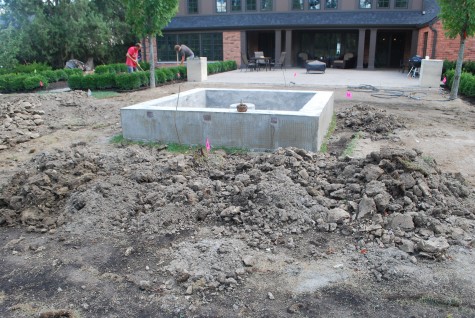
Though the forms pictured may seem slight, the finished concrete work is solid. This fountain will need its surround, its coping set at seat height, its pumps installed, its fountain vase levelled and fastened securely. Every part of this fountain will need to be level. My conversation over the Labor Day weekend with Buck-mostly about how to set and fasten that fountain vase level.

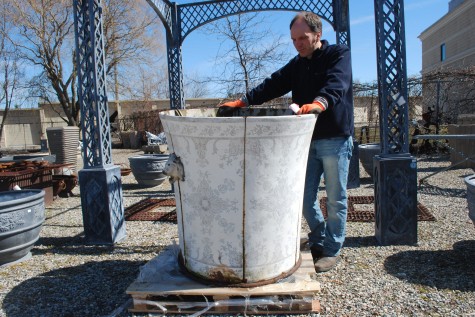
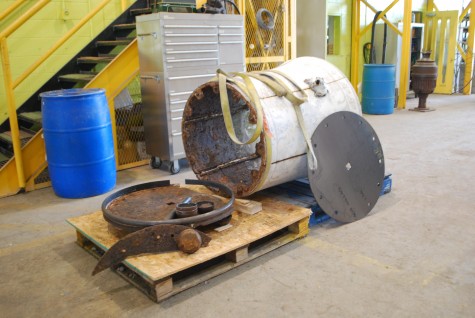
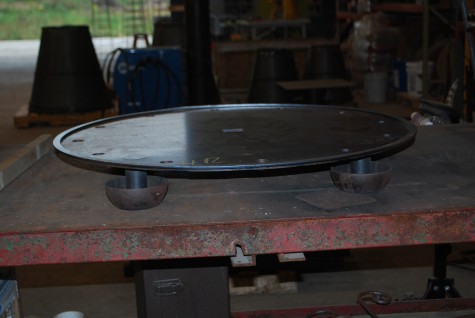
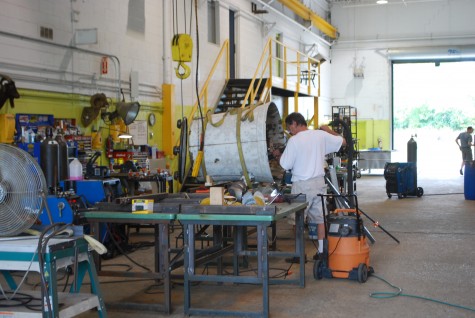
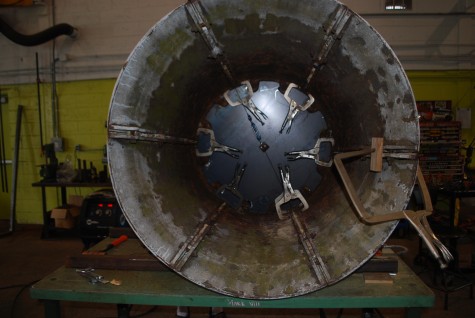
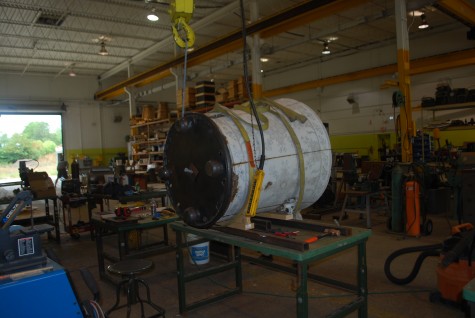
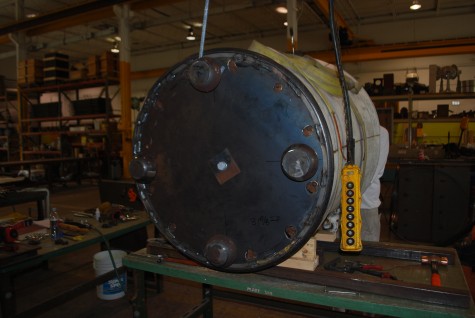
![Hudson-Planters[1]](https://deborahsilver.com/wp-content/uploads/2010/07/Hudson-Planters1.jpg)
